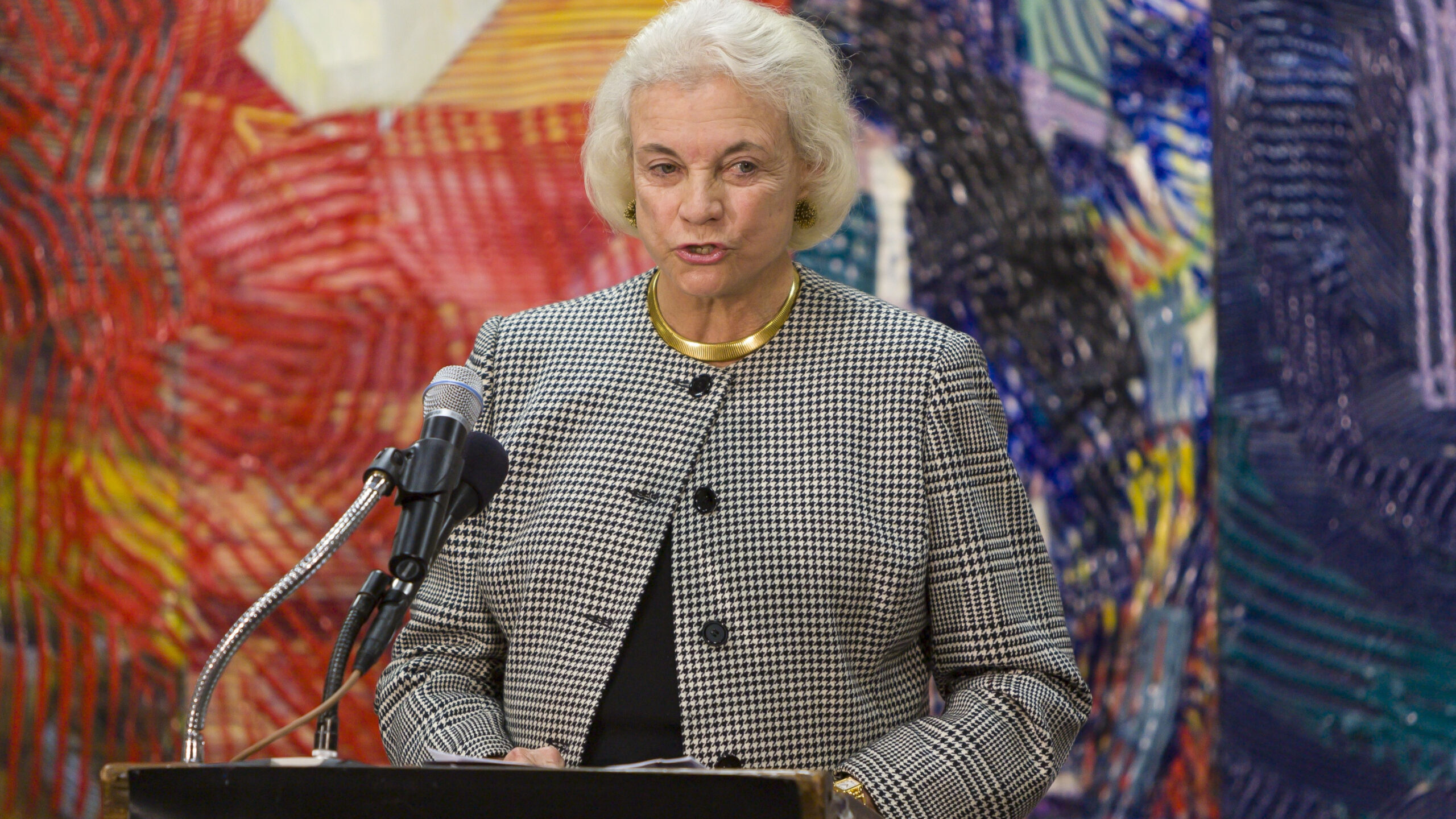FreedomPop Is Great — Just Not Disruptive
When a product launches and is heralded in the press as, “throwing a firebomb in the middle of the industry,” and “on a mission — to do nothing less than shake up the entire mobile phone industry,” certainly one would expect it to be a disruptive product. However, many times the hype does not match the disruption. This certainly appears to be the case with the launch of FreedomPop (this does not mean that FreedomPop is not a viable competitor in the marketplace — to the contrary it is a welcome and interesting entrant).
FreedomPop’s business model is pretty simple. For a security deposit of $49 for a stick and $89 for a mobile hotspot, users can access the Internet via a 4G connection. The first 500MB are free and then each additional MB is $0.02/MB. They also offer higher 2GB and 4GB plans for a fee up front and then a smaller $.01/MB overage charge.
And they sure are hyping up themselves as a disrupter, with CEO Stephen Sokols promoting the company as enabling mobile phone service, and potentially home broadband as well.
In an earlier post for DisCo, Matt Schruers laid out what is and what is not a disruptive product. He laid out the working definition for disruption as:
- They begin servicing a new, niche market, generally with a simpler and cheaper good or service, produced at lower margins. In the Internet context, for example, this may manifest as a freemium or ad-based business model;
- They are overlooked by established industry incumbents who are focused on feature-rich, higher-margin, ‘more interesting’ products and who don’t want to cannibalize revenue streams from existing products by pursuing this new, lower-margin product that the incumbents’ most profitable customers aren’t even asking for.
- Disruptors take market share from incumbents as the disruptive product or service’s performance improves and customers turn from the old market to the new entrant for the very characteristics that initially caused incumbents to eschew the ‘disruptive’ market (e.g., it is smaller, less complex, more efficient, more portable, easier to use, etc.).
A simple analysis will show how FreedomPop fails this test.
FreedomPop is not servicing a new, niche market with a simpler and cheaper good or service, produced at lower margins. All four major wireless carriers offer both stick and mobile hotspot broadband to customers, at differing pricing models. Let’s compare FreedomPop to Sprint as an example.
Sprint offers a mobile hotspot to customers for free if they sign a two-year contract. No security deposit is required. Additionally, customers can also use many smartphone devices, including the iPhone 4 and 5, HTC Evo and Samsung Galaxy III amongst other devices. Since most people who would invest in a mobile hotspot are likely to have a smartphone, there is likely no extra “device cost” for a mobile hotspot for many of FreedomPop’s core market. While a FreedomPop hotspot is free, it does require an upfront $89 deposit. In today’s market, the choice between an $89 security deposit or using your smartphone with a two-year contract for a free device are different choices, but the $89 deposit is by no means a cheaper good, nor simpler.
As for pricing for the service, with Sprint you can get a 2GB of mobile hotspot, either with your smartphone or with a separate hotspot, for $19.99 a month. 6GB is $49.99 a month. Compare this to FreedomPop, which offers 500MB for free, 2GB for $17.99 and 4GB for $28.99. Both Sprint and FreedomPop are operating on similar networks due to Sprint’s partnership with Clear as well as FreedomPop’s partnership with Clear. 500MB is not a lot of bandwidth for how people use the Internet today. It is a very low margin for sure, but what is the niche market FreedomPop is moving into that feels like they are not getting a product from the current players? If that new niche market develops, then maybe there is a disruptive element to FreedomPop. But for the current Internet market, 500MB would be 100 songs on Spotify, 1 hour of streaming video, 7-8 hours of Pandora, an hour of YouTube, 2 hours of Skype video calls or 15 hours of VoIP voice-only. And bandwidth demands are increasing, not decreasing.
Additionally, FreedomPop’s competitors are not focused on feature-rich, higher-margin, more interesting products. They are not worried about cannibalizing revenue streams from existing products. Wireless carriers are not moving toward more feature-rich and high-bandwidth offerings. They are not moving toward higher margin hotspot or stick offerings. They are focused on increasing prices per MB (even though price per MB is currently falling because users are using a higher percentage of their available bandwidth they had already purchased), and in some cases throttling and bandwidth caps, not increasing bandwidth usage at lower prices. FreedomPop would be disruptive if only 10GB for $100 was where the market was heading, but it is not. Verizon’s new offering is very focused on multi-device pricing for the low-to-mid bandwidth user and increasing the costs on high-bandwidth users by eliminating unlimited data plans. Verizon, AT&T, T-Mobile and Sprint are keenly focused on the under 500MB and the under 2GB market, and that is a problem for FreedomPop.
An analysis of the third prong of the three-part disruptive test is not even necessary, as it cannot come about without passing the first two.
This does beg a great set of broader questions. What types of services would be disruptive and cause consumers to stop getting broadband from their wireless phone providers? How could we create a large, distinctive market for mobile broadband? I will tackle these in a future post.







